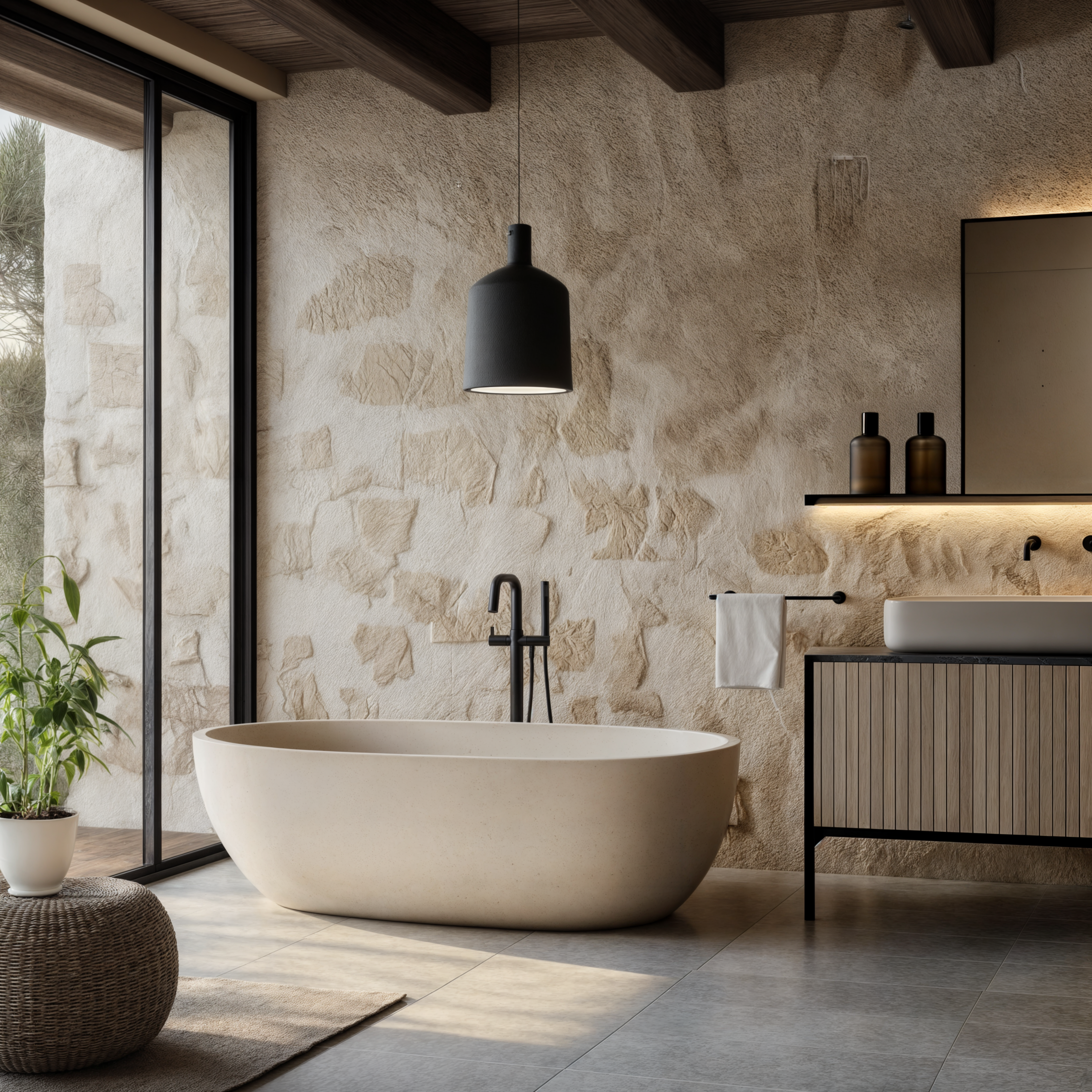Renovating your bathroom without a budget? You’re setting yourself up for disaster. Here’s why your budget should be the first and most important step.
Every year, countless homeowners dive into renovation projects with grand visions and Pinterest boards filled with inspiration. Yet many find themselves in over their heads, with half-finished projects and budgets stretched far beyond their initial expectations. The culprit? Starting without a solid budget in place.
A well-planned budget isn't just about knowing how much you can spend, it's your roadmap to renovation success. It shapes every decision you'll make, from choosing materials to hiring contractors, and ultimately determines whether your dream renovation becomes reality or remains an expensive lesson learned.
When you bypass proper budgeting, you're essentially navigating blind. This often leads to:
-
Unexpected costs that force you to sacrifice quality
-
Delays in buying bathroom fixtures
-
Settling for less when features go over budget
-
Tension with contractors over payment issues
-
The stress of losing control over your finances
Here’s a simplified roadmap in planning your budget for bathroom renovation:
1. Set a realistic budget. The simplest way to set a realistic budget for a bathroom renovation is to start by knowing what you can afford. Then, research how much similar projects cost in your area. Break your budget into parts like labor, materials, and unexpected costs so you know where your money will go. Always include a little extra (around 10-15%) for unexpected costs.
2. Identify fixtures that need urgent replacement. There are two steps to consider when identifying what needs replacement.
-
Address Maintenance Issues. Start with the essentials; fix plumbing problems, address waterproofing, and check for leaks or water damage. These foundational repairs prevent costly issues down the track.
-
Focus on Fixtures. Once maintenance is sorted, assess the fixtures. Replace worn-out items like a leaking toilet, outdated taps, or a damaged vanity. If maintenance isn’t an issue, you can focus on small updates like upgrading to a modern shower head, swapping out hardware, or adding a mirror to give your bathroom a fresh look.
3. Get Quotes for Labour and Materials. Contact local contractors and request quotes for labour. Visit showrooms or suppliers to compare prices for fixtures and materials (browsing online for more options helps too). Ask for itemised quotes to clearly see all costs, including delivery or extra fees, to plan your budget effectively and avoid surprises.
4. Allocate Your Budget by Category. Divide your budget into key areas: around 40-50% for labour, 25-30% for fixtures and materials (like tiles, taps, and vanities), and 10-15% as a contingency for unexpected costs. This approach keeps your spending organised and avoids surprises.
5. Track Your Expenses. Keep a record of all your spending to stay within budget. Use a simple spreadsheet or a budgeting app to track costs for labour, materials, and fixtures. Update it regularly to ensure you’re on track and avoid overspending.
When you stick to your budget, you set yourself up for a successful renovation. It ensures your bathroom turns out just as planned, with results that align with your expectations and financial goals. Budgeting also helps you avoid impulse purchases and focus on upgrades that truly matter.
By staying within your budget and adjusting where necessary, you ensure every dollar goes toward creating a bathroom that adds value to your home and suits your lifestyle. Remember, a great renovation starts with a great budget.








